Patrick Blanc visits San Francisco to oversee the installation of more than 100 native plant species – more than 4,000 plants for a new Vertical Garden – Mur Vegetal – designed by Blanc to grace The Sam Cuddeback Assembly Wing of The Drew School.
The Drew School New Roots Project encompasses a 14,500 sq. ft. LEED-Gold certified building designed by Boris Dramov of ROMA Design Group – project architects, with Bonnie Fisher – liaison involved in the ‘greening’ aspects.
The renowned firm of Rana Creek — designers of the California Academy of Science‘s living roof, is creating a living roof for the Drew School addition, surely destined to be a new San Francisco landmark. The roof garden planting will cover 2,630 sq. ft. area, and along with the green wall, will breathe welcome fresh air in this urban environment.
The artistry of botanist Patrick Blanc has garnered aficionados worldwide, with some 450 living walls created to-date, including the Verdantly Vertical display on London’s Athenaeum Hotel Picadilly, featured on AGTB.
The San Francisco project heralds the largest installation created by Blanc in the United States.
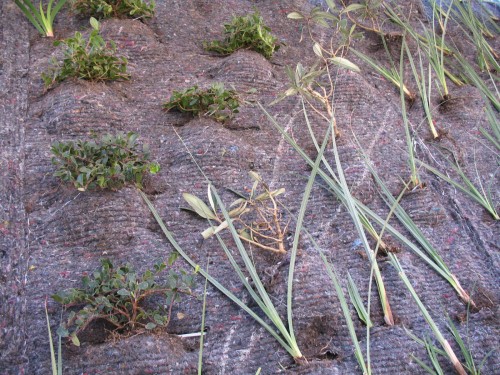 Patrick Blanc’s decision to install California native species is an exciting, innovative highlight of the Assembly Wing’s green swathe, from selections such as Artemisa tridentata and the rare Galvezia speciosa – Channel Island Bush Snapdragon, to Mimulus and Solanum xanti.
Patrick Blanc’s decision to install California native species is an exciting, innovative highlight of the Assembly Wing’s green swathe, from selections such as Artemisa tridentata and the rare Galvezia speciosa – Channel Island Bush Snapdragon, to Mimulus and Solanum xanti.
To talk with Blanc is to experience the designer’s enthusiastic response to California’s vast plant life. Perhaps never more so than when one hears him discussing the relationship of California plants to the region’s beguiling hummingbirds. Blanc’s selection of countless red and orange flowering natives have been chosen to foster a vibrant hummingbird habitat within the wall’s community of plantings. Once the garden is completed, you can look for the sprightly trumpets of Salvias, along with blooming Zauschneria & Ribes, to name but a few genera. That these miraculous creatures are not found in Europe seemed to stimulate Blanc’s imagination, giving him an opportunity to design with hummers in mind.
Integral to the design are plants that aim to meet the Vertical Garden’s varying conditions, with species designed and installed according to their light and moisture requirements, or the ability to withstand windy conditions or full shade, for instance, taking in an array of Iris, Heuchera, Viola, Aquilegia, Penstemon and Lewisia.
Scaffolding should be removed in a week or so, giving the plants a chance to settle in. An opening ceremony is planned for late-April. Blanc expects the plants to have grown and filled in by September.
Look for project updates on Alice’s Garden Travel Buzz.
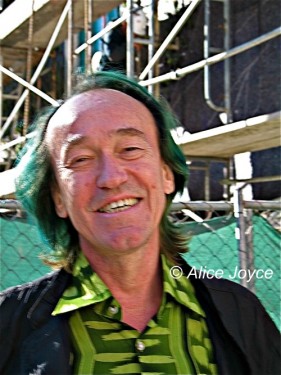
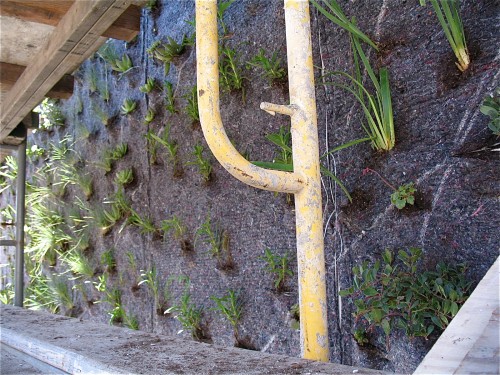
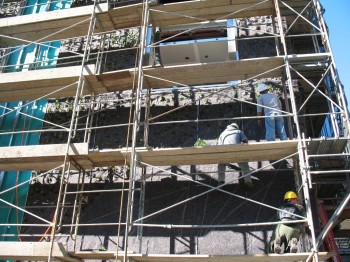
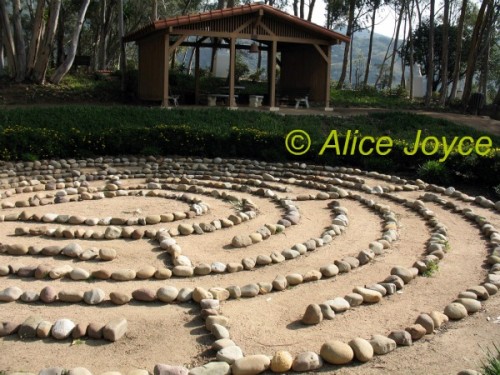
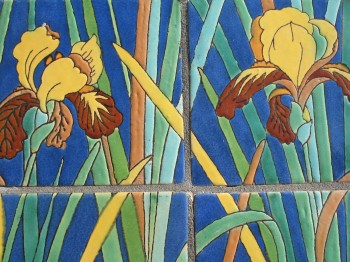
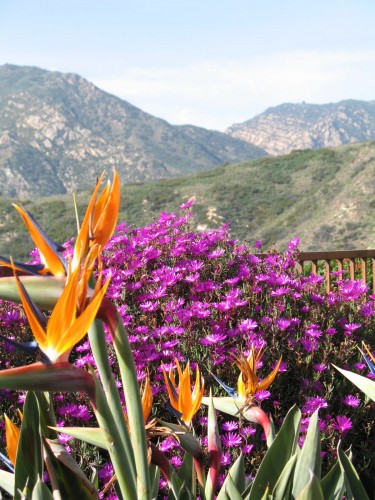
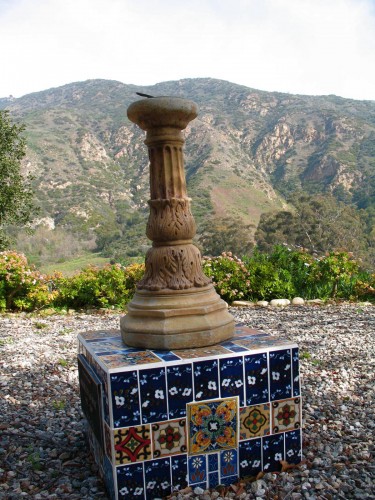
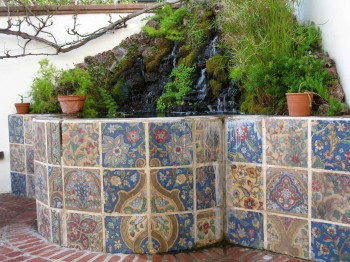
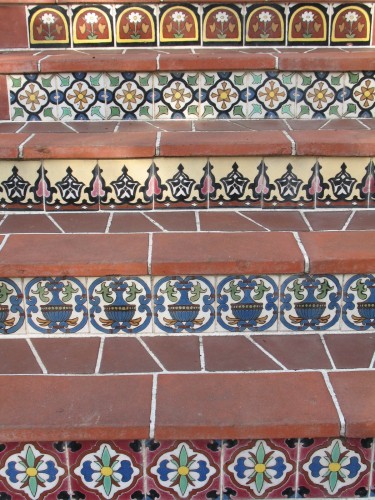
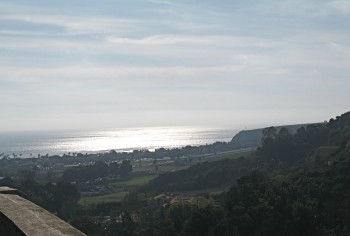
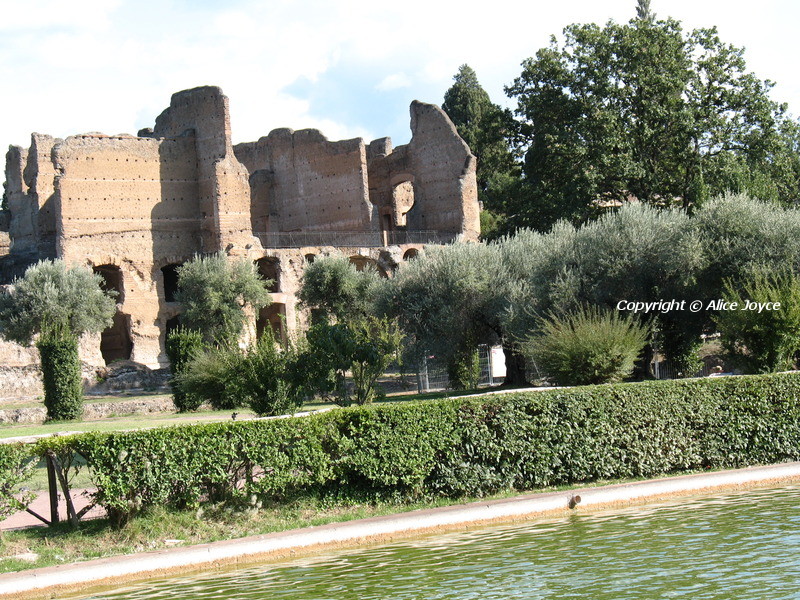
![Hadrian's Villa - Canopus [Photo © Alice Joyce]](https://www.alicesgardentravelbuzz.com/wp-content/uploads/2011/01/HadriansVillaTheCanopusPhoto©AliceJoyce.jpg)
![Hadrian's Villa Statuary Reflected [Photo © Alice Joyce]](https://www.alicesgardentravelbuzz.com/wp-content/uploads/2011/01/HadriansVillaStatuaryPhoto©AliceJoyce.jpg)
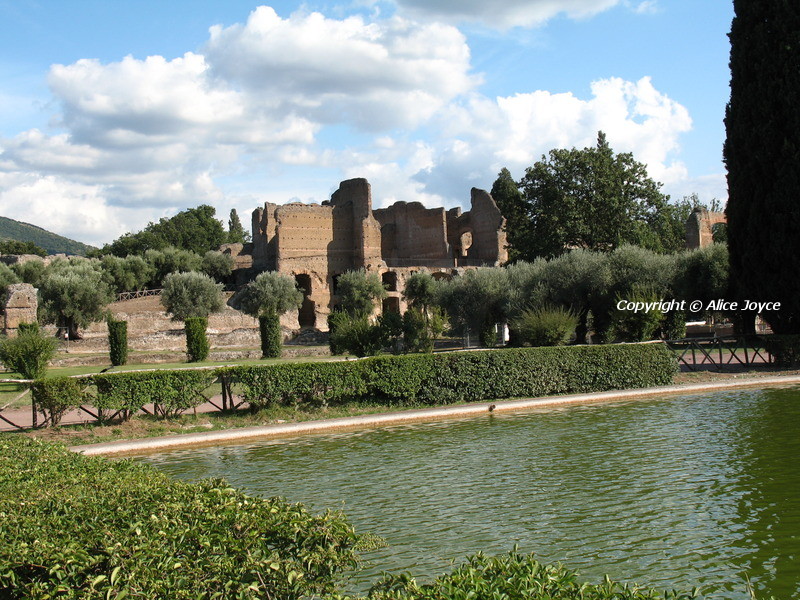
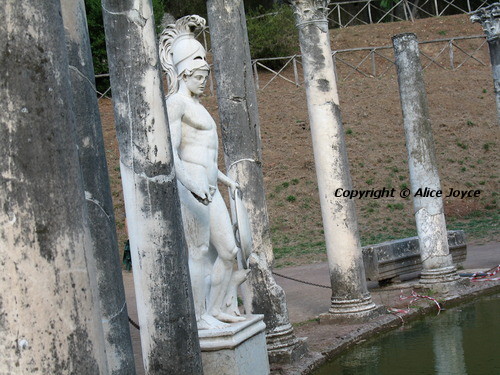
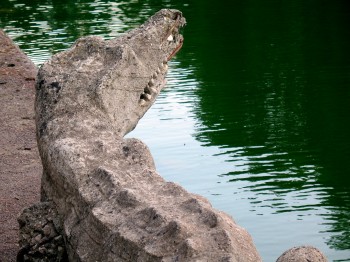
Comments